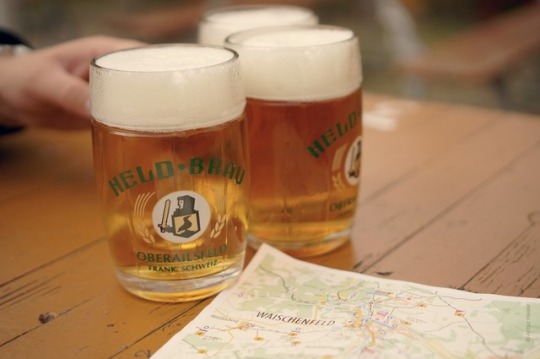#franconian switzerland
Text

This is me looking towards an uncertain future (and also towards Pottenstein Castle).
20 notes
·
View notes
Text
German dialects and varieties
German is spoken by around 155 million people and is the official language in six countries and one subdivision (South Tyrol in Italy), including Austria, Belgium, Germany, Liechtenstein, Luxembourg, and Switzerland.
There are three main dialect groups: Upper German (Oberdeutsch), Central German (Mitteldeutsch), and Low German (Plattdütsch). Upper and Central German form the High German (Hochdeutsch) subgroup [not to be confused with Standard High German (Standardhochdeutsch or simply Hochdeutsch as well)].
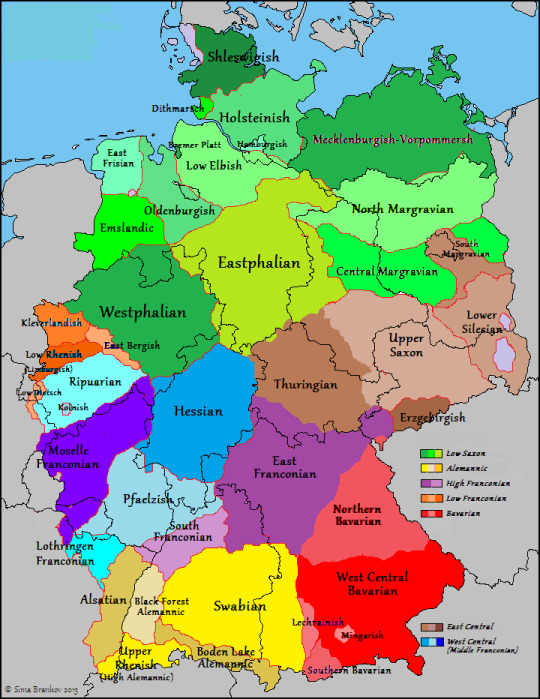
The descriptors “high/upper” and “low” refer to the dialects of the German states in the mountainous South and the flat North.
Standard German is pluricentric, with different national varieties, namely, German Standard German, Austrian Standard German, and Swiss Standard German (Schweizerdeutsch/Schwiizerdütsch). German Standard German is based mainly on the Upper Saxon and Eastphalian varieties.
The German dialects are the traditional local varieties and are traced back to the different Germanic tribes. Many of them are unintelligible to someone who only knows Standard German, since they often differ in lexicon, phonology, and syntax.
Dialects differ from each other by how much the so-called High German consonant shift affected them. This High German consonant shift took place between the 6th and 8th centuries and primarily affected the consonants [p], [t] and [k]:
In the consonant shift, [p] became [pf] or [f]. The word appel became Apfel, and the word schip was later pronounced Schiff.
The consonant [t] changed to [s] or [t͡s]. This is why even today, speakers in Northern Germany say dat, wat, and Water, like they did before the shift, while in the South they say das, was, and Wasser.
The [k]-sound changed to the fricative -ch- [x], so ik became ich and maken became machen.
The Low German spoken in the flat part of the country was largely unaffected by this shift. The dialects of higher regions, however, were affected to varying degrees.
Varieties refer to the different local varieties of Standard German. They differ only slightly in lexicon and phonology. In certain regions, they have replaced the traditional German dialects, especially Low German.
Upper German
Upper German (Oberdeutsch) is spoken in southern Germany, northern and central Switzerland, Austria, Liechtenstein, South Tyrol, and Alsace (France).
It is subdivided into the following groups: Upper Franconian (Oberfränkisch), Alemannic (Alemannisch), and Bavarian (Boarisch). Upper Franconian includes East Franconian (Ostfränkisch or Mainfränkisch; 1 in the map) and South Franconian (Südfränkisch; 2).

Alemannic comprises Swabian (Schwäbisch; 3), Low Alemannic (Niederalemannisch; 4), and High (Hochalemannisch) and Highest Alemannic (Höchstalemannisch; 5).
Bavarian includes Northern Bavarian (Nordboarisch; 6), Central Bavarian (Mittelbairisch; 7), and Southern Bavarian (Südbairisch; 8). It is one of the dialects that diverges the most from Standard German. Some of its features are the following:
Pronouncing -r- as an alveolar trill [r] (the “rolled r”, also found in Spanish)
Pronouncing -a- as -o-
Other vowel differences. For example, Bavarian is called Bairisch in Standard German and Boarisch in Bavarian German.
Vocabulary differences, such as I (pronounced [i]) instead of ich.
Here are some expressions in Upper German compared to Standard German:
Grüß Gott/Grüß dich/Servus — Hallo (Hello)
Pfiat eich — Tschüss (Goodbye)
Deesch mr abr arrg — Es tut mir Leid (I’m sorry)
Central German
Central German (Mitteldeutsch) is spoken in western and central Germany, southeastern Netherlands, eastern Belgium, Luxembourg, and northeastern France.
It is subdivided into the following groups: Central Franconian (Mittelfränkisch), Rhine Franconian (Rheinfränkisch), and East Central German (Ostmitteldeutsch). Central Franconian includes Ripuarian (Ripuarisch; 1), Moselle Franconian (Moselfränkisch; 2), and Luxembourgish (Lëtzebuergesch; 3).
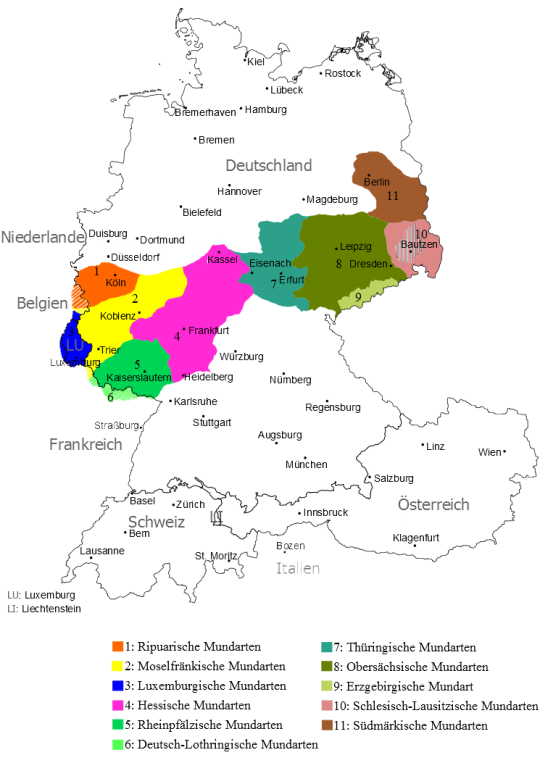
Rhine Franconian comprises Hessian (Hessisch; 4), Palatinate (Pälzisch; 5), and Lorraine Franconian (Lottrìnger Plàtt; 6).
East Central German includes Thuringian (Thüringisch; 7), Upper Saxon (Obersächsisch; 8), Erzgebirgisch (Arzgebirgsch; 9), Lusatian-Silesian (Niederlausitzisch-Schläsisch; 10), and South Marchian (Südmärkisch; 11). Upper Saxon differs from Standard German in many of its vowel sounds. Its speakers pronounce Bühne (“stage”) as Biine, böse (“wicked”) as beese, and Schwester (“sister”) as Schwaster. The pronunciation of the letters -o- and -u- is also distinctive. To speakers of other German dialects, it sounds more like the Standard German -ö- and -ü-.
Here are some expressions in Central German (Colognian/Kölsch) compared to Standard German:
Jode Dach — Hallo (Hello)
Tschö — Tschüss (Goodbye)
Dat deit mir leid — Es tut mir Leid (I’m sorry)
Low German
Low German (Plattdütsch) is spoken in northern and western Germany, eastern Netherlands, and southern Denmark. It is actually a language, not a dialect.
It is subdivided into the following groups: North Low Saxon (Nordniedersächsisch; 3), Westphalian (Westfälisch; 6), and East Low German (Ostniederdeutsch). North Low Saxon includes Holstenian (Hosteinisch; 2), Schleswigian (Schleswigsch; 1), Dithmarsch (Dithmarsisch; 2), North Hanoverian (Nordhannoversch; 7), Emslandish (Emsländisch; 6), Oldenburgish (Oldenburgisch; 3), and Gronings (Grönnegs; 4).
Westphalian comprises West Münsterlandian (Westmünsterländisch; 6), Münsterlandian (Münsterlandisch; 6), South Westphalian (Südwestfälisch; 6), East Westphalian (Ostwestfälisch; 6), Stellingwarfs (Stellingwarfs; 5), Drents (Drèents; 5), Tweants (Twents; 5), Gelderland-Overijssel (Gelderland-Overijssel; 5 and 11), Veluws (Veluws: 5), and Eastphalian (Ostfälisch; 7).
East Low German includes Brandenburgian (Brandenburgisch; 9 and 10), Mecklenburgian-Western Pomerian (Mecklenburgisch-Vorpommersch; 8), Central Pomerian (Mittelpommersch; 9), East Pomerian (Ostpommersch), Low Prussian (Niederpreußisch), and Mennonite Low German (Plautdietsch).

Low German is very close to Standard German in terms of pronunciation. The written forms of the two varieties are completely the same, but Low German often more closely resembles Dutch and English than Standard German. However, it is disappearing because fewer and fewer people speak it.
Here are some expressions in Low German compared to Standard German:
Moin — Hallo (Hello)
Tschüüs — Tschüss (Goodbye)
Dat deit mi Leed — Es tut mir Leid (I’m sorry)
242 notes
·
View notes
Text
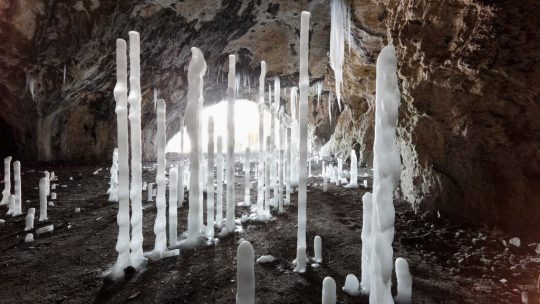
Icicles in the Oswald Cave near Muggendorf, Wiesenttal, Franconian Switzerland, Bavaria, Germany
11 notes
·
View notes
Text
Summer like childhood is fleeting.
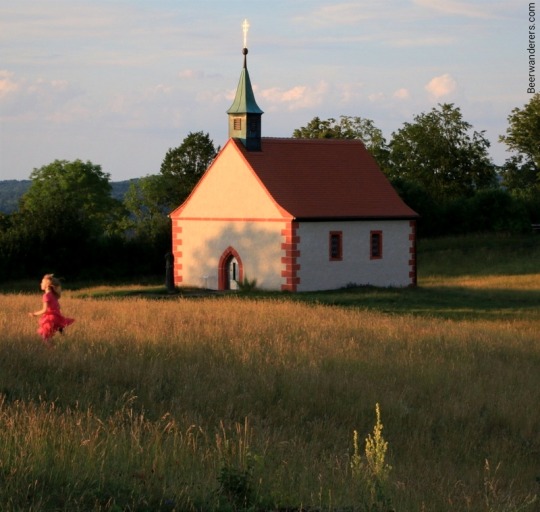
#beer#hiking#bavaria#beer_wanderers#beerwanderers#bier#brewery#franconia#beer hiking bavaria#franken
10 notes
·
View notes
Text
Schneewittchen - Filmprojekt - Kurzfilm - 2024
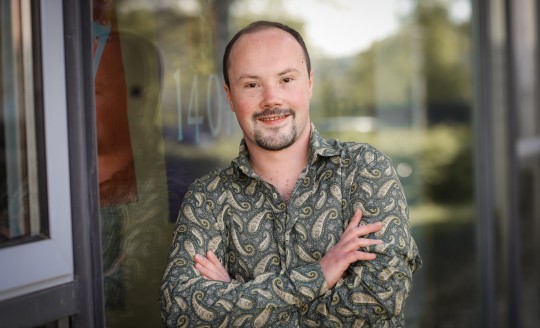
Who is behind the film project?
CHRISTOPHER BAILEY. I am the one who, alongside the Brothers Grimm, came up with the story behind the film project and breathed extraordinary and modern flavor into the well-known narrative style, using tried and tested and new characters.
My birthplace is Bamberg, which is in close proximity to Franconian Switzerland, a picturesque landscape with rocks and rivers, in which we want to bring our imagined images to life.
My training to become a professional actor was completed almost ten years before the start of this planned film. Creating and writing down worlds has always been very easy for me
I am an unusual spirit with a drastic penchant for bizarreness, which clearly found its way into the project in terms of humor and personnel, and I was interested in and enthusiastic about fairy tales and other imaginative stories before and during my professional career.
Wer steckt hinter dem Filmprojekt?
CHRISTOPHER BAILEY. Ich bin derjenige, der sich neben den Gebrüder Grimm, die Geschichte hinter dem Filmprojekt ausgedacht und der altbekannten Erzählweise die außergewöhnliche und moderne Würze, in bewährten und neuen Figuren, eingehaucht hat.
Meine Geburtsstadt ist Bamberg, welche in direkter Nähe zur Fränkischen Schweiz, einer malerischen Landschaft mit Felsen und Flüssen, liegt, in welcher wir unsere ausgedachten Bilder zum Leben erwecken wollen.
Beinahe zehn Jahre vor Startschuss dieses geplanten Films wurde meine Ausbildung zum professionellen Berufsschauspieler fertig. Das Erschaffen und Aufschreiben von Welten fiel mir schon seit jeher sehr leicht
Ich bin ein ungewöhnlicher Geist mit drastischem Hang zur Skurrilität, welche in Humor und Personal unübersehbar Eingang in das Projekt gefunden hat und war schon vor und während meiner professionellen Laufbahn interessiert an und begeistert von Märchen und anderen phantasievollen Erzählungen.
https://gofund.me/b2b9139e
https://youtube.com/playlist?list=PLEHKS2zbbcPz3fo1fn9mhyLg7AfnVTs4P&si=k_50nn-twLxStHew
#christopherbailey#christopherbaileyactor#crew#filmproectcrew#personal#filmprojectteam#gofundme#campaign#crowdfunding#creator#filmproject#project#support#go fund me
1 note
·
View note
Text
Verena Finkenberger - Fachanwältin für Erbrecht und Familienrecht

Wurzburg in Germany's Bavaria region is famous for its baroque-inspired architecture. It also has a number of wine bars. The city is also a major hub for the Franconian wine country.
X-rays are an example of electromagnetic radiation used in medical diagnostics. The radiations are taken up by materials like aluminum or even paper. They can be used for the visualization of bones and other body parts. Aside from being used for studying the microcosm, they can also be used to explore the universe.
The discovery of Wilhelm Conrad Rontgen's X-rays marked a major milestone in the history and development of physics. For his research, Rontgen was awarded the 1901 Nobel Prize for Physics. He was employed in Germany and Switzerland where he was employed as a scientist, professor, and director of the Physical Institute at the University of Wurzburg. He also gave prize cash from the Nobel Prize to the University of Wurzburg.
Janina di Camilo and Nicolino could have created the very first restaurant in Wurzburg. But they're not the only ones to claim that. In actuality, the duo are more likely to be credited with the restaurant which has served the best pizza in town for more than 70 years. Many diners have been waiting for the meal mentioned earlier. Apart from the standard dishes, these wags have been making the most of the food scene by offering a selection of lesser-known dishes. The pretzels in brown are not a sign of the restaurant.
The name of the establishment could be an evocative name, but the slogan is easy enough to recall pizza, nachos, and tacos, served with the above-mentioned tidbits of deliciousness.
In the summer months during the summer, the Romantic Road in Wrzburg Bayern is a well-known scenic drive. It's a dual-lane country road that runs from Wurzburg which is located in a Franconian city, all the way to Fussen in south Bavarian.
Who We Are
Fachanwältin Verena Finkenberger steht Ihnen spezialisiert auf familienrechtliche und erbrechtliche Fragen jederzeit gerne zur Seite. Sie ist seit 2013 Anwältin der Anwaltskanzlei Steinbock & Partner und dort seit 2018 auch Partnerin.
If you are looking to find the right type of Fachanwalt Erbrecht looks no further other than Verena Finkenberger - Fachanwältin für Erbrecht und Familienrecht
Contact Us
Verena Finkenberger - Fachanwältin für Erbrecht und Familienrecht
Domstraße 3, Würzburg, Bayern, 97070, Germany
+49 931 30811300
https://www.steinbock-partner.de/rechtsanwaelte/rechtsanwaeltin-verena-finkenberger/
Find Us Online
Facebook
Instagram
linkedin
Youtube
To Know More
Direction To This Business : Verena Finkenberger — Fachanwältin für Erbrecht und Familienrecht
youtube
#Fachanwalt Erbrecht#Fachanwalt Familienrecht#Rechtsanwalt Erbrecht#Rechtsanwalt Familienrecht#Anwalt Erbrecht#Youtube
1 note
·
View note
Photo

Leberkäse with all the trimmings on our Pan Italiano … Leberkäs by @lissi.hofer and bread by @thomas_bakeshop . Leberkäse in Austria and the Swabian, Bavarian and Franconian parts of Germany, 'leverkaas' in the Netherlands and Fleischkäse ("meat-cheese") in Saarland, Baden, Switzerland and Tyrol, is a specialty food found in the south of Germany, in Austria and parts of Switzerland, similar to bologna sausage. It consists of corned beef, pork and bacon and is made by grinding the ingredients very finely and then baking it as a loaf in a bread pan until it has a crunchy brown crust. . . . #cooking #baking #sourdough #bread #breakfast #lunch #dinner #snack #travel #mallorca #croissant #croissants #foodporn #pastry #artesan #cake #bagel #bakery #viennoiserie #instafood #foodstagram #coffee #tea #brioche #pastry #boulangerie #bäckerei #konditorei (at Palma De Mallorca, Spain) https://www.instagram.com/p/CkI5ROuDOhd/?igshid=NGJjMDIxMWI=
#cooking#baking#sourdough#bread#breakfast#lunch#dinner#snack#travel#mallorca#croissant#croissants#foodporn#pastry#artesan#cake#bagel#bakery#viennoiserie#instafood#foodstagram#coffee#tea#brioche#boulangerie#bäckerei#konditorei
1 note
·
View note
Photo
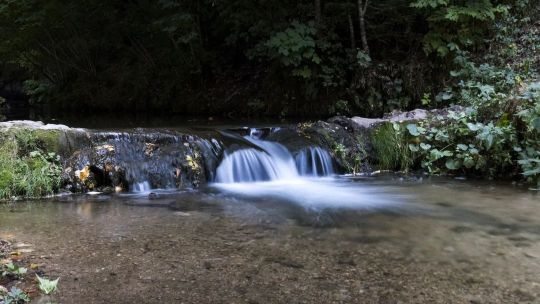
Ein kleiner Wasserfall direkt am Eingang zur Teufelshöhle in der fränkischen Schweiz. A small waterfall right at the entrance to the Devil's Cave in Franconian Switzerland. (at Teufelshöhle) https://www.instagram.com/p/ChRpNEmIY5F/?igshid=NGJjMDIxMWI=
0 notes
Photo
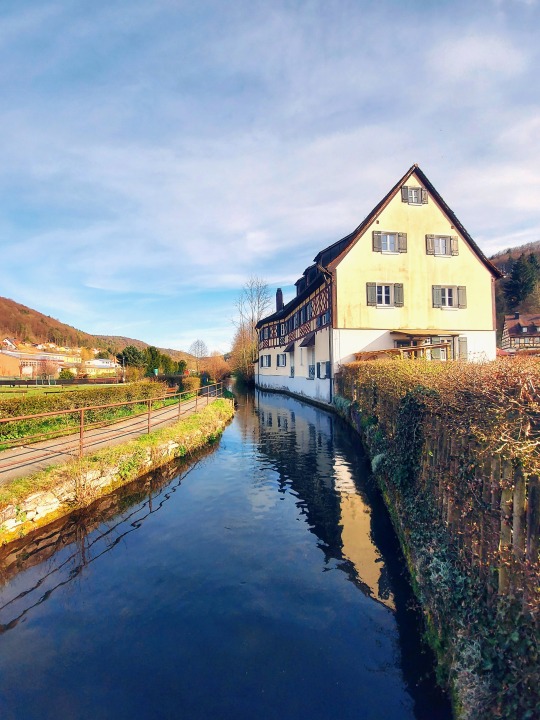
Egloffstein, Franconian Switzerland, Germany
#travel#colorful#river#town#medieval#historical#half-timbered house#half-timbered#europe#franconian switzerland#germany#mine
170 notes
·
View notes
Photo

Nürnberg, Germany
© by Timebird84
#photography#Nürnberg#Germany#Europe#Bavaria#Franconia#Franconian Switzerland#photographers on tumblr#city#historical city center#Kaiserburg#castle#photography-by-timebird84#Timebird84
22 notes
·
View notes
Photo

Egloffstein, Germany
181 notes
·
View notes
Text
Deutschribing Germany: regions
Baden-Württemberg (Baden-Württemberg)

Baden-Württemberg is divided into thirty-five districts (Landkreise) and nine independent cities (Stadtkreise), both grouped into the four administrative districts (Regierungsbezirke) of Freiburg, Karlsruhe, Stuttgart, and Tübingen. The capital city is Stuttgart.
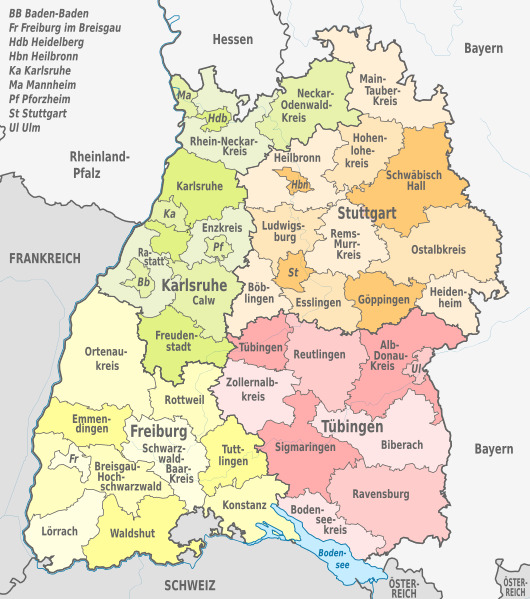
Climate
The predominant climate type is warm-summer humid continental, but the western part (Baden) has a subtropical highland climate. As a result, in most parts of Baden, the climate is warm almost all year round and summers are mostly dry, while winters are wet and foggy.
The rest of the state has more temperate temperatures, especially in summer. Areas of high elevation get snow frequently, and summers are rainier than in Baden.
Due to the climate differences, average annual temperatures range from 5 °C (41 °F) in the Black Forest to 13 °C (55 °F) in the subtropical areas.
Economy
Although Baden-Württemberg has relatively few natural resources compared to other German states, it is among the most prosperous and wealthiest regions in Europe.
The state is known for its strong industries, including car manufacturing, electrical engineering, and mechanical engineering. It hosts the headquarters of some of the largest German companies, such as Borsch, Mercedes-Benz Group, Porsche, and Schwarz Group (owner of Kaufland and Lidl).

Baden-Württemberg is also a popular holiday destination, including a variety of sights like the residential court towns of Ludwigsburg and Karlsruhe, the spas of Baden-Baden, the medieval architecture of Ulm, the Black Forest, and the traditional university towns of Heidelberg and Tübingen.
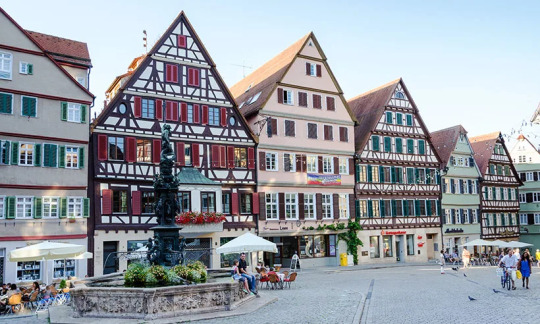
Famous people
Alena Gerber - model, actress, and TV host
Anja Jantschik - journalist and writer
Anne-Sophie Mutter - violinist
Ayla - producer and DJ
Frank Christoph Schnitzler - actor, artist, and musician
Frederik I - Holy Roman emperor
Friedrich Wilhelm Schnitzler - landowner, business manager, and politician
Jens Weidmann - economist
Sophie Weber - singer and younger sister of Mozart's wife Constanze
Walter Haeussermann - scientist
Gastronomy
There are two distinct regional cuisines: those of Baden and Swabia. The cuisine of Baden is considered one of the best regional cuisines in Germany and is based on fruit, herbs, vegetables, game, poultry, fish, smoked products, wine, and beer. It has many influences from Alsace and Switzerland. Specialties include Flammkuchen (pizza with thin crust) and Schäufele (pig's shoulder meat).
Swabian cuisine has a reputation for being rustic but rich and hearty. It is characterized by fresh egg pasta, soups, sausages, broths, and sauces. The most famous specialties are Maultaschen (meat and spinach-filled dumplings, either fried or served in broth) and pretzels.

Schäufele
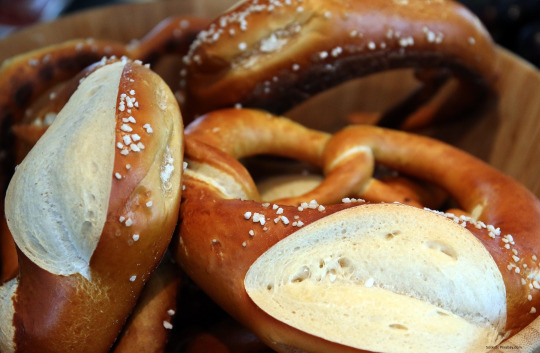
Brezel
History
Baden-Württemberg was formed from the historical territories of Baden, Prussian Hohenzollern, and Württemberg.
100 - Roman invasion of Württemberg
3rd century - the Alemanni force the Romans to retreat west
496 - Frankish invasion
915-1313 - Duchy of Swabia
1083-1495 - County of Württemberg
1112-1803 - Margraviate of Baden
1278-1805 - Further Austria
1495-1803 - Duchy of Württemberg
1500-1808 - Swabian Circle
16th century - Protestant Reformation
1524-1525 - German Peasants' War
1618-1648 - Thirty Years War
1803-1806 - Electorate of Baden; Electorate of Württemberg
1805-1918 - Kingdom of Württemberg
1806-1918 - Grand Duchy of Baden
1918-1945 - Republic of Baden
1945-1946 - South Baden
1945-1952 - Württemberg-Baden
1945-1952 - Württemberg-Hohenzollern
1946-1952 - Baden
1951 - vote on the union of Baden and Württemberg
1952 - State of Baden-Württemberg
1956 - opponents of the merger sue and win
1970 - vote on the restoration of the state of Baden fails
Languages
Two dialect groups of German are spoken in Baden-Württemberg: Alemannic and Franconian dialects. These include East Franconian, High Alemannic, Low Alemannic, Rhine Franconian, South Franconian, and Swabian.
Monuments and landmarks

Baden-Baden

Maulbronn Monastery Complex
1 note
·
View note
Text

Franconian Switzerland, Germany - by Patrick Monatsberger
307 notes
·
View notes
Text

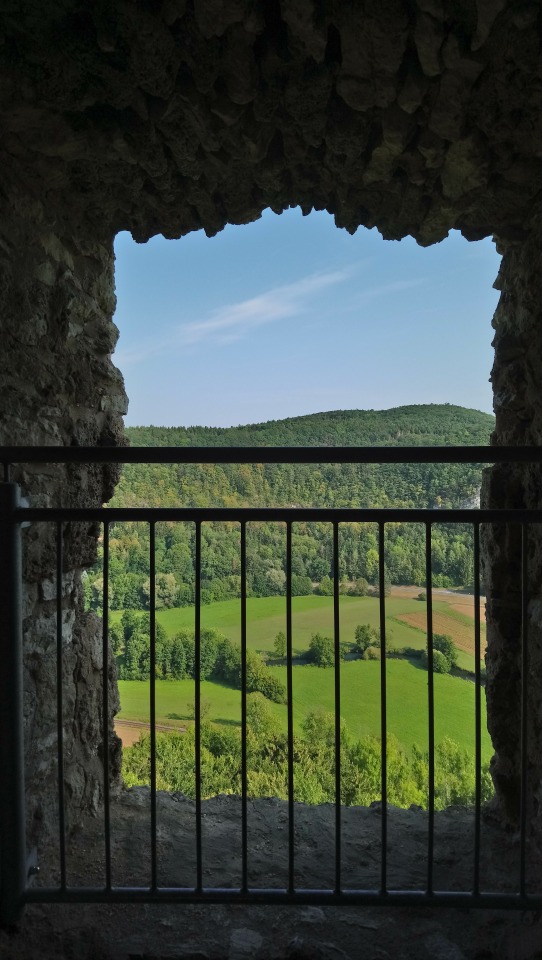

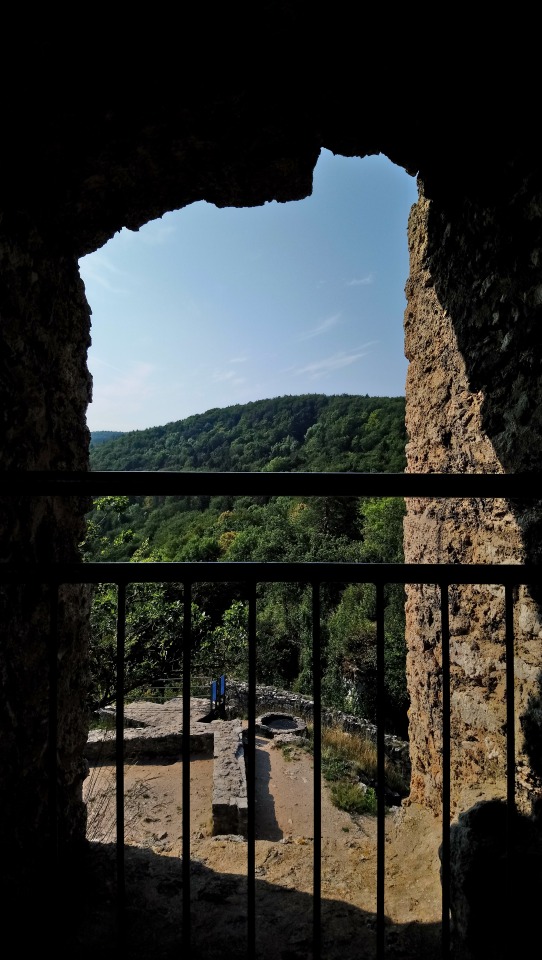
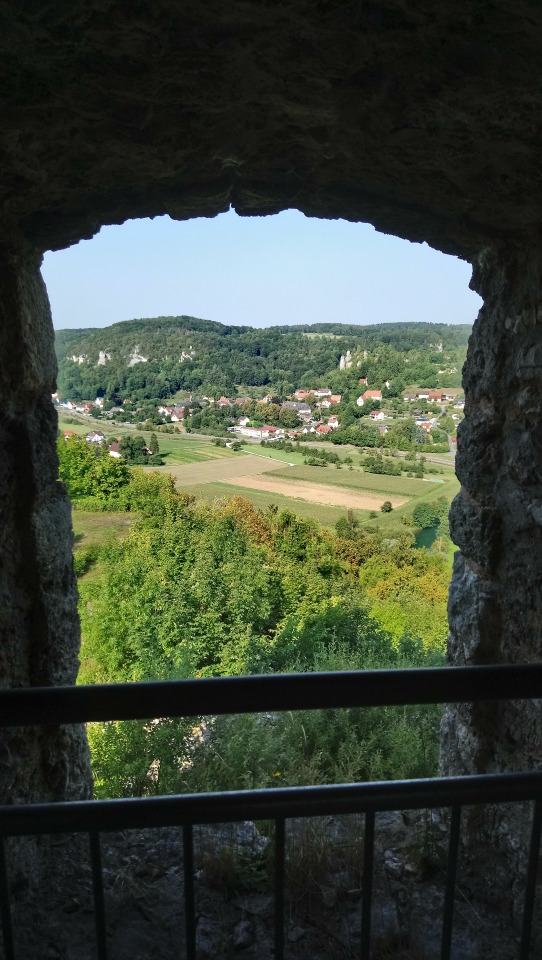
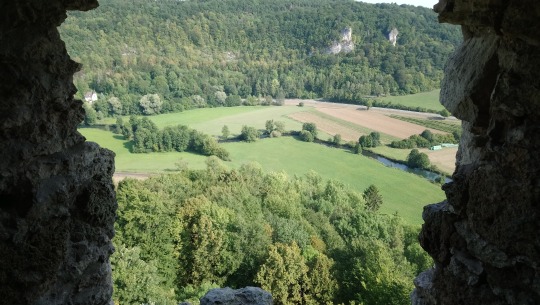
The views from inside the tower of Neideck Castle.
#Neideck Castle#Mine#Bayern#Bavaria#Germany#Deutschland#Ruins#my photography#travel#Franconian Switzerland
29 notes
·
View notes
Photo

Spring Snowflakes by tbuchmann http://ift.tt/2DINyfP
#germany#bavaria#upper franconia#franconian switzerland#nature#macro#sunset#spring#spring snowflake#l
21 notes
·
View notes
